Traditional folk music refers to orally transmitted songs, tunes, dances, and performance practices that arise within communities and are maintained across generations.
It typically features simple, memorable melodies; strophic lyrics that narrate local history, work, love, or ritual; and functional roles such as accompanying dance, marking seasonal cycles, or supporting communal labor. Authorship is usually collective or anonymous, and variants proliferate as pieces are adapted to local language, instruments, and custom.
While every culture has its own folk traditions, the modern concept of “folk music” was shaped in late-18th–19th-century Europe, when scholars and collectors began to document ‘the people’s’ song as distinct from courtly or commercial music.
The idea of folk music as a distinct category emerged in the late 18th century, notably through Johann Gottfried Herder’s concept of “Volkslied” in German-speaking Europe. During the 19th century, collectors and scholars traveled rural regions to write down and later record local songs and dance tunes, distinguishing community-based oral traditions from court, church, and urban commercial repertoires.
Large-scale song-collecting projects by figures such as Francis James Child (ballads), Cecil Sharp (English songs and dances), Béla Bartók and Zoltán Kodály (Central/Eastern Europe) created influential archives. These efforts preserved repertoire that might otherwise have been lost to industrialization and urban migration, while also shaping modern perceptions of what counted as “authentic” folk.
Portable recording technology (wax cylinders, disc recorders, and later tape) allowed field workers—most famously Alan Lomax—to document singers and instrumentalists in situ. Postwar folk revivals across the UK, Ireland, the United States, and elsewhere reanimated traditional repertoires in clubs and festivals, while adapting them for stage, radio, and records. Parallel processes occurred worldwide, with nation-building and cultural-heritage movements elevating local folk idioms.
Traditional folk music thrives in community contexts, archives, and professional stages. It coexists with—and often feeds—hybrid forms (folk rock, indie folk, neofolk) while remaining a living practice of social memory, dance, ritual, and storytelling.

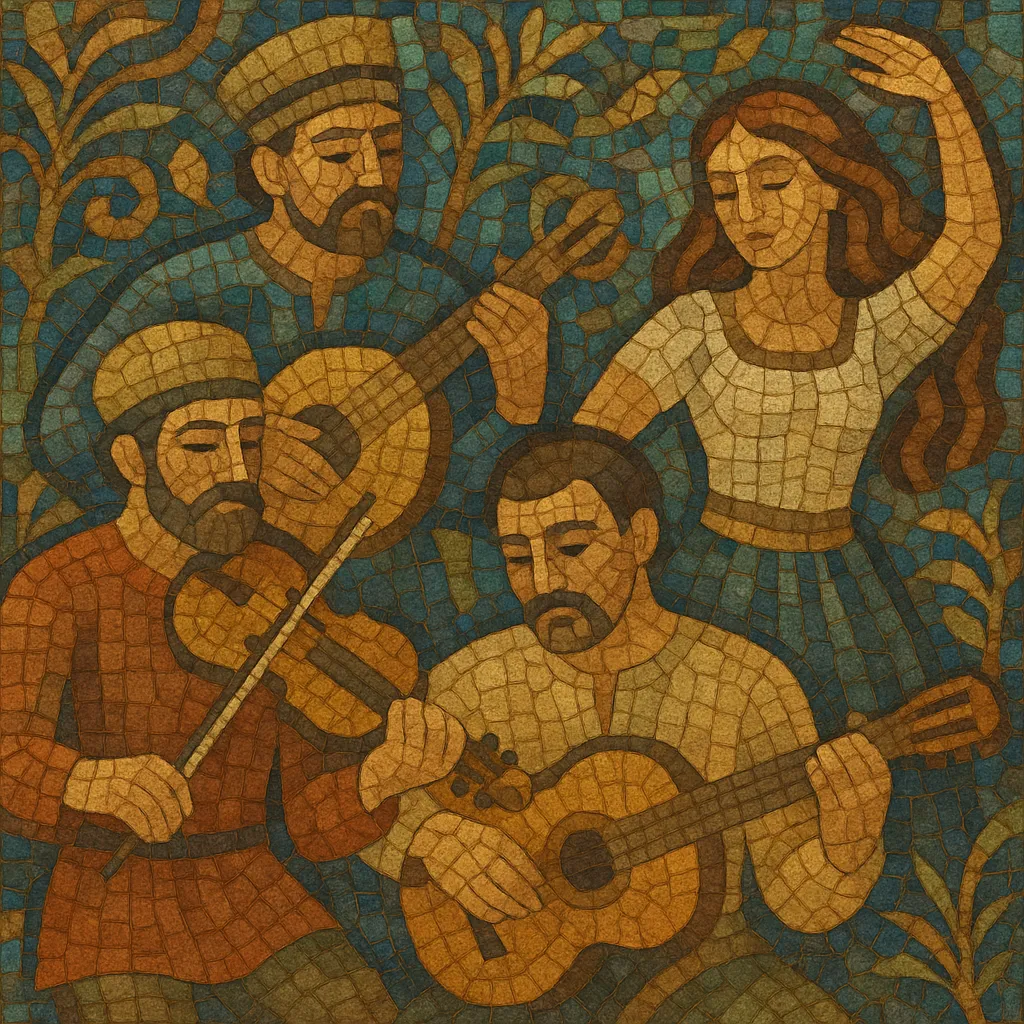

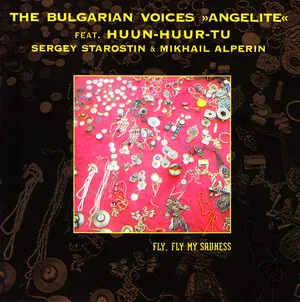
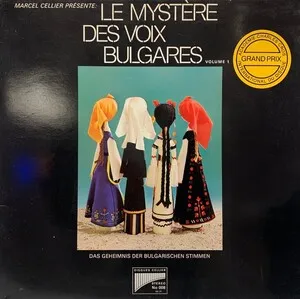
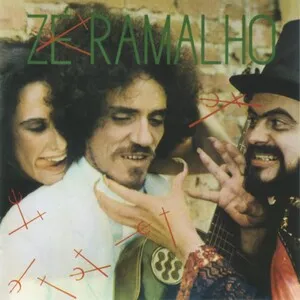
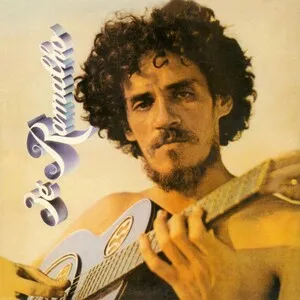
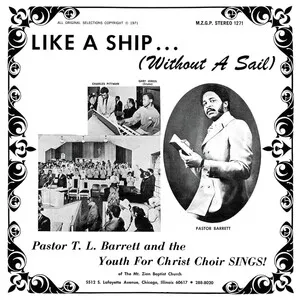%2C%20Cover%20art.webp)
